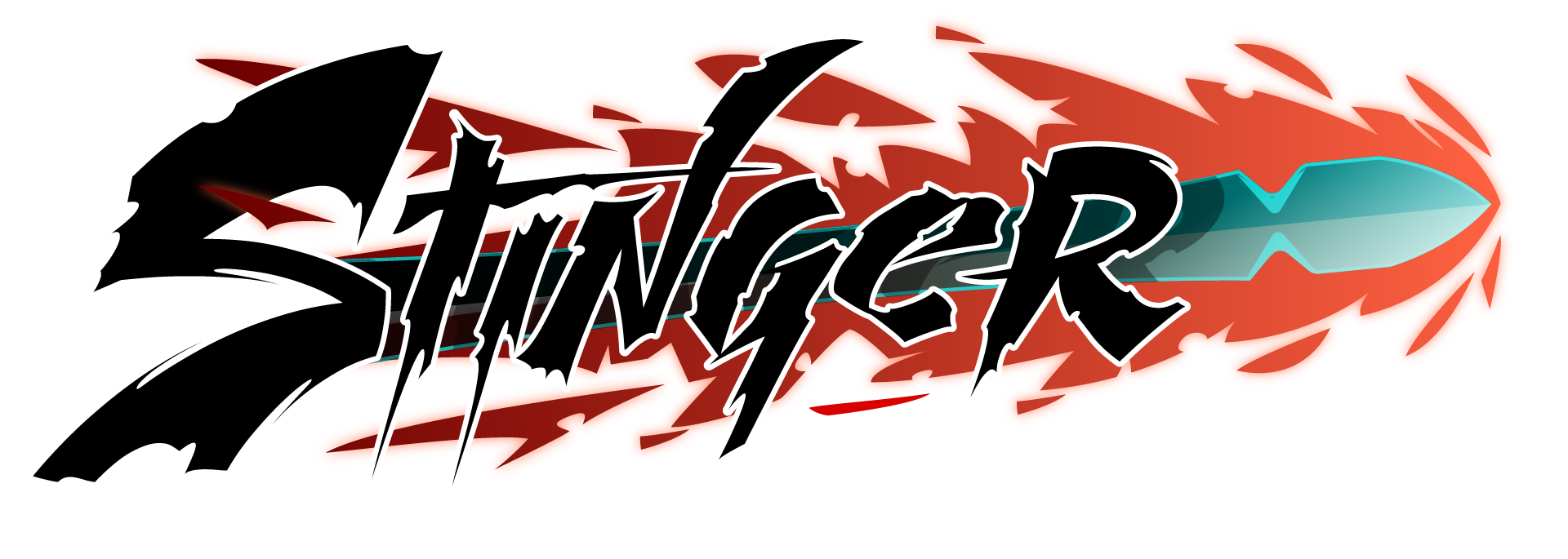It is the summer of 2004. The film Star Wars: Episode II – Attack of the Clones, by George Lucas and Jonathan Hales, has come and gone. Despite its mixed reaction, people now await the final piece of the saga with eager anticipation. It pays to look further ahead though. Once the final film would grace theaters, what then? As such, LucasArts’s own game studio went to work. Its aim? To keep Star Wars alive beyond George’s vision.
Initially six teams of engineers, artists and designers spent more than a year brainstorming, their biggest challenge narrowing down the list of ideas. The studio was already known for its story-focused games such as Grim Fandango and Sam & Max, and with studio director Haden Blackman having written Star Wars graphic novels in the past, they wanted to play to that strength. So while rewatching the films for inspiration, they asked one question: what part of the story wasn’t fully explored yet, and could be used?
“We wanted to continue the saga” noted Haden Blackman.
Despite their best efforts not to, they finally decided to focus the tale on a Jedi. To make the cliché more interesting though they aimed to up the ante. Unleash his powers beyond what was shown in film.

When George Lucas saw the above pitch of a rogue Jedi using the Force in over the top, almost superhero like ways, he said: “yeah, that’s it, go make it”. Then panic ensued… for the team had to deliver. Scrambling to focus, one of the team members asked “okay, what is the core gameplay”. The answer quickly followed. “Kicking someone’s ass with the Force”.
And how do we do that? By opening with a bang. When the game begins, control is immediately given to Darth Vader. This is Star Wars: The Force Unleashed, released in 2008, for the Xbox 360, Playstation 3 and PC.
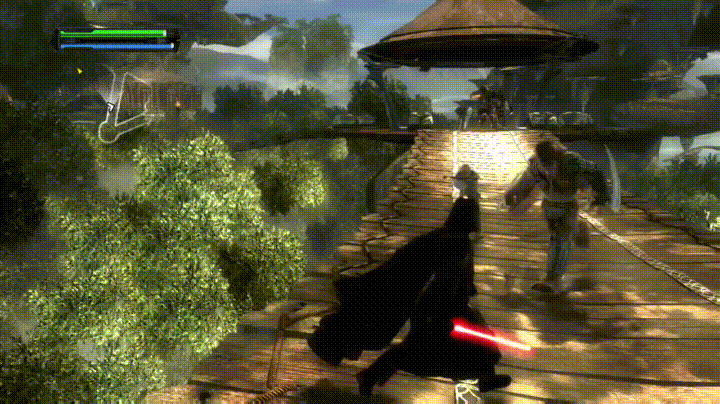
With a tap of a button Vader extends his hand to send out a cannon-ball of Force energy; Force Push, having foes fly like puppets while crushing trees and bending doors open. They are nothing to him. Holding down a shoulder-button sees him grab a giant rock from afar with Force Grip and send it hurtling into a group of rebellious Wookies, eager for death.
The tutorial lets players toy around with the immortal Darth Vader’s powers, sending foes flying off cliffs and into walls like the insects that they are. When the settlement is in flames and its guardians lie dead, Vader enters a lone hut to find a young boy. Surprised by the cub’s affinity with the Force, Vader spares his life, aiming to train him for his own goals.
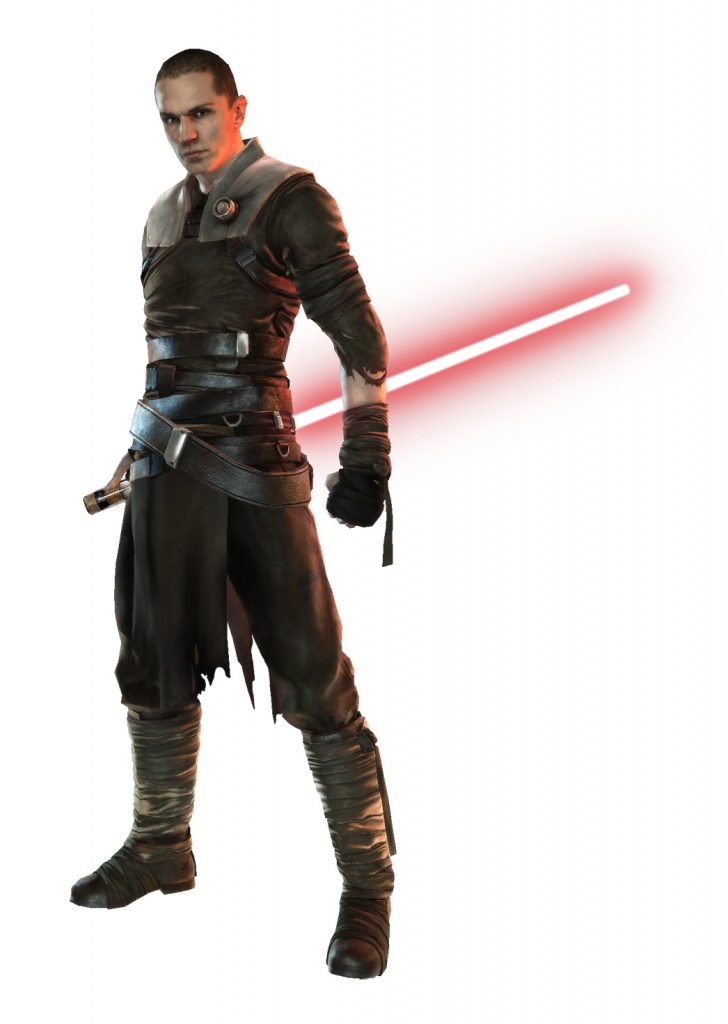
Cut to fifteen years later and this boy is now simply known as The Apprentice, referred to in the wider lore as Galen Marek or simply “Starkiller”. It is from here that the game truly starts, and also where the challenge for LucasArts truly began. Namely: how would LucasArts go about bringing Starkiller’s powers to life? Making things fly is one thing, having it feel natural is another. To make the Force powers feel real and impactful the team looked to three different technologies:
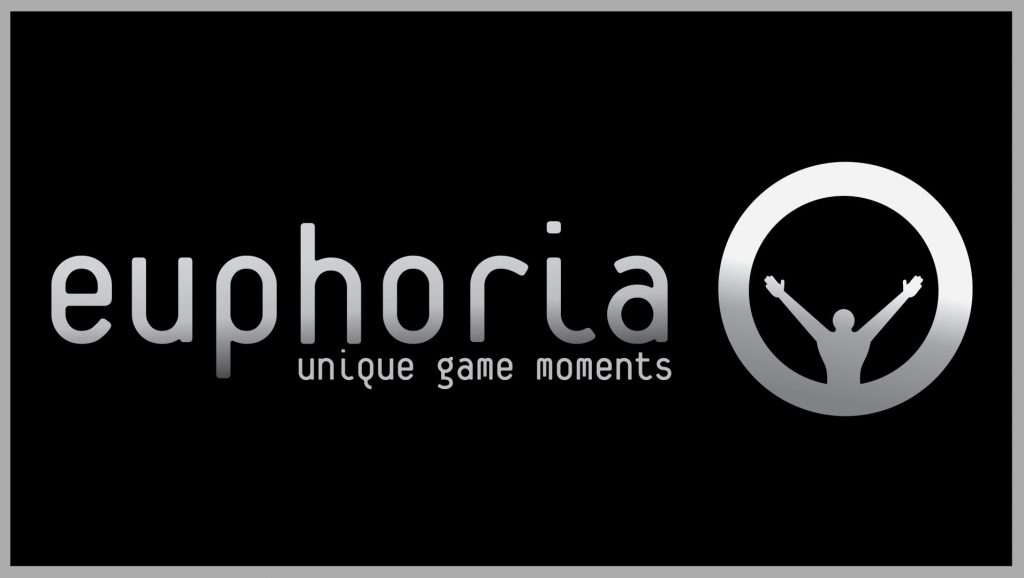
Euphoria, gifting the enemies awareness and a feeling of self preservation like holding onto a railing when Force Gripped to avoid being thrown away, leading to unique reactions each time.

Havok, the base for the physics system, giving objects corresponding weights allowing them to be moved on screen by the player through Force Push.
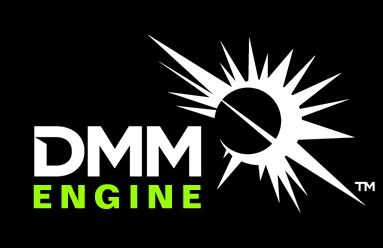
And lastly, Digital Molecular Matter – DMM for short – that allows elements like glass to shatter, metal to bend and wood to splinter.
These three systems were not built to be used together however. On Starkiller’s first mission, aboard a space station, you’ll no doubt toy around with his powers and throw a crate through a window, only to see the vacuum suck in surrounding foes, with some holding on for dear life. That is the hard work of LucasArts on full display. Getting these individual systems to work together seamlessly took more time than originally hoped though, resulting in a delay of one year. The result however is a title that upped the ante to how Force powers would be displayed in the medium.
While Starkiller wields a Lightsaber in a style called Form VII-Juyo, most of the combat in The Force Unleashed will play out as described above. You’ll use Force Grip to grab enemies from afar and throw them into the void, walls, pitfalls or his allies. Generous auto targeting makes it easy to run to an enemy, quickly grab him and throw him into a group of enemies in your flank. In other cases you’ll use surrounding crates and pieces of cover as projectiles.
Though not the mainstay, lightsaber attacks do have their uses. Holding Block has Starkiller reflect shots like in the films while a last minute tap sees him parry. Knock an enemy down and you can seal these fiends with a high damage stab and if you tire of a foe you can launch him the air for an aerial combo. These are all fairly typical combat inclusions and one could note that the melee part of The Force Unleashed is pretty basic. On the other hand, this really puts the spotlight on the Force powers and their unleashed nature, resulting in an Action Game all about collisions, grabs and ring-outs instead of combos, bait-and-punish and weapon switching.
The enemies Starkiller will face throughout his ten missions are, as a result, more focused on using ranged weapons. With each stage offering new foes to fit the environment, the combat stays fresh. Because of the aforementioned emphasis on ranged attacks, melee blows can feel a bit hollow though. Struck foes rarely stagger and the animations don’t flow well from one to the other, with awkward pauses in between where no inputs register. There is no good feedback when blows land and felled enemies float more than that they fall. This goes double for Starkiller himself who, when killed, just falls to the ground like a piece of jelly rather than having a hard blow send him flying.
This disconnect extends to the inputs at times as well. While double tapping can resolve this issue it can be demotivating to lose progress over a double jump not registering and seeing Starkiller tumble to his demise after a hard won battle. There are also some bugs present throughout, mostly regarding the workings of the three engines. This also results in a capped 30fps at all times, even when played through the Xbox One X’s backwards compatibility program.
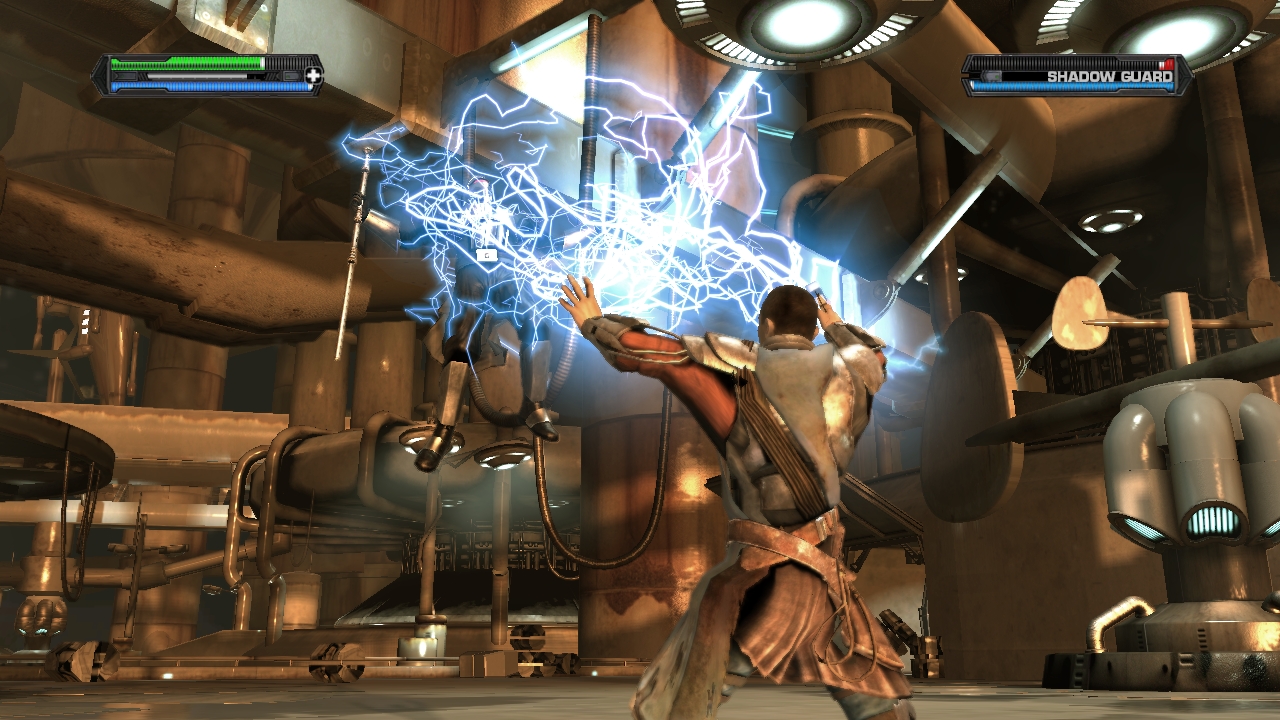
As more Jedi fall to your dark assignment, you’ll earn new costumes and powers. The first one is the classic Force Lightning, frying and stunning foes with a tap of a button. Consequently you can also infuse the lightning in your lightsaber attacks, opening combos like Light Heavy Heavy for high damage and stun. Later on you’ll get abilities like Shockwave to get people off of you, Lightning Shield to reduce damage and the Lightsaber Throw for a ranged melee-attack.
These abilities, just like Force Push and Grip, cost Force Power to use. Drain the meter too much and it will overflow, forcing you to wait longer before being able to use your abilities again. This adds a nice dynamic; seeing the player constantly juggle his meter while in combat, sometimes opting to be without meter for a longer time for that one Shockwave to get out of trouble.
And while these new abilities don’t replace existing ones, they do fill in the gaps. Once difficult fights against ATSTs turn from taking cover and throwing items into keeping it stunned with Lightning while you hack away with your sword.
As a result the designers went more and more wild with enemy compositions. This peaks near the end when raiding a famous movie location where you must face every enemy type combined in large numbers; a true test of your Jedi abilities. To compensate this insanity some fights contain Sith Holocrons that give unreal powerups like double damage, infinite Force Meter or even complete invincibility for a short period of time.
While basic attacks and your Force powers are enough to beat the game, you can hone your abilities further. Slaying enemies, completing side objectives or collecting hidden Jedi Holocrons give experience points that can be used to upgrade your existing abilities and passives, like meter-regeneration. Aside from that, found Holocrons can also at times offer different cosmetics and, most importantly, crystals that can be slotted in your blade for unique powers. Because Starkiller is already so powerful to begin with though, they end up feeling more like little additions that make the abilities you enjoy more fun to use than that they completely break the game.
Every bit helps however, as the way you fight remains the same from the start. You grip a foe and throw them as a projectile with some dodging and lightning and melee strikes in the middle. While novel and definitely the game’s core strength, some players might find this repetitive or only enjoyable in short bursts.
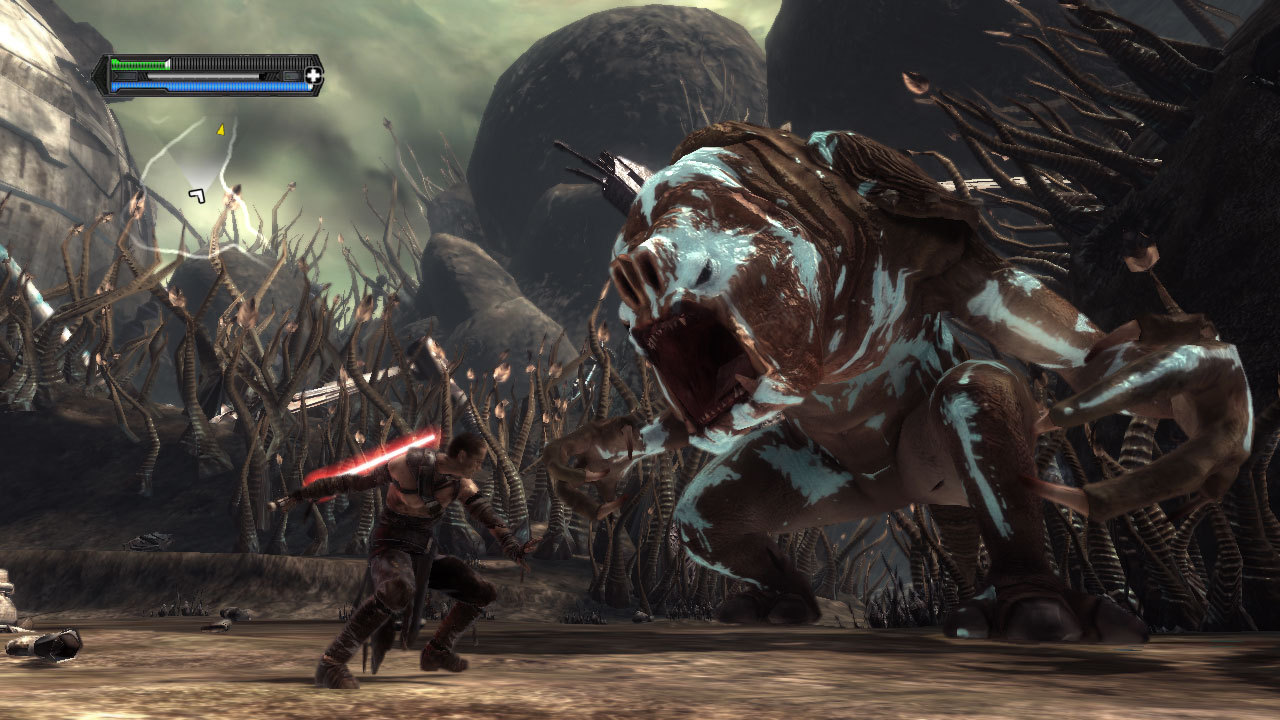
It doesn’t help that Force Grip is so powerful compared to other abilities either. Throwing a large rock at a Rancore deals nearly 25% of its health in damage on the highest difficulty, while a full melee combo barely deals a tenth that amount. Add the fact that gripping a regular foe kills them instantly, and a balance problem occurs. The Force Unleashed tries to alleviate this by introducing enemies like the Purge Trooper: hulking Stormtroopers in power armour trained to kill Jedi. They can use shields to negate Force powers, rarely stagger, are immune to Force Grip and deal a lot of damage with their homing attacks and grabs.
It should be clear that in an attempt to somewhat contain the players, LucasArts added foes that are immune to nearly all of your tools. You are powerful, but to compensate they made later enemies just as powerful – which can lead to you hiding behind corners chugging objects from afar. While promoting a more efficient playstyle, it can feel redundant. Later fights mostly contain these foes in large numbers. You can at times end up in moments where you get stunlocked to death with no way to safely dispatch your adversaries. All these feelings are increased even further on higher difficulty settings where the damage you take is upped by nearly 500% compared to Normal.
The increase in difficulty has little impact on the bosses however. Instead of having distinct openings after certain attacks, they require a specific tactic to beat. For example, old Jedi Master Kazdan Paratus will, seemingly at random, counter your melee strikes. You’ll need to figure out that you first have to use Force Lightning, which you learned in that chapter, to stun him before sending him flying with Force Grip. On the one hand this can feel satisfying when the solution is found and the boss lies dead. On the other, until the puzzle is solved, these fights can feel immensely frustrating, thinking the game is pulling all sorts of cheap tricks.
No; The Force Unleashed is at its best when it lets you throw enemies at one another while under pressure of bigger, more dangerous foes and walking the fine line of not promoting a cowards’ tactic. Grip that one foe, throw him into his friend, fry the other to stun him, push his buddy off a ledge, quickly grab the next, imbue him with electricity, throw him into his friends and watch him explode! All the while smartly managing your meter and using appropriate lightsaber crystals. That creativity on the battlefield is The Force Unleashed’s gameplay at its prime and it feels fantastic to play as a result. However, there are plenty of moments when it does not play to those strengths.
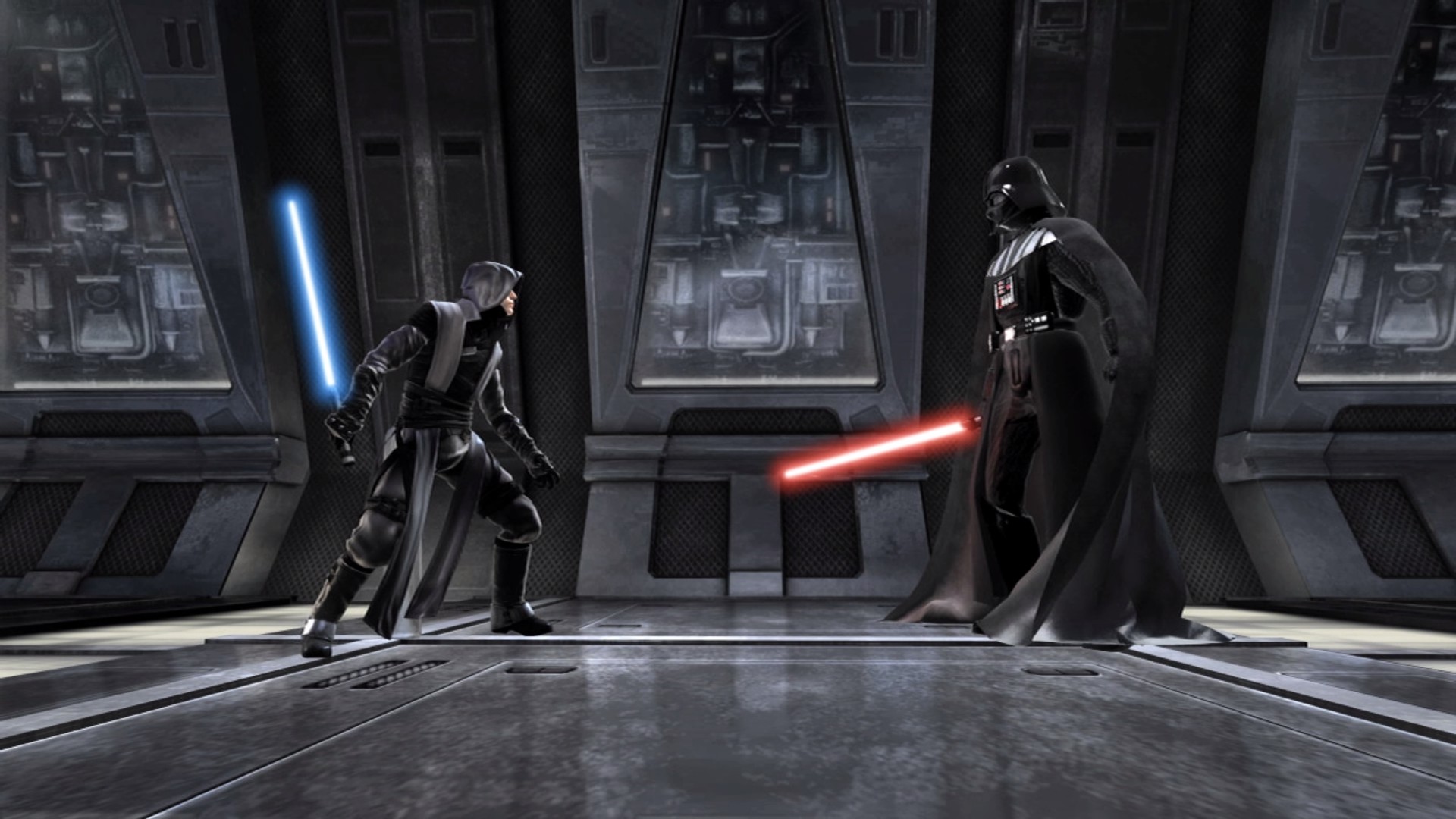
The original notion when making this game was to kick ass with the Force, and Star Wars: The Force Unleashed delivers on that. Starkiller’s powers are the star of the show, giving casual players fun abilities to toy with while enthusiasts can dive deep into all the possibilities they bring. With multiple collectibles, two endings, four difficulty modes and – if you want – lots of challenge runs being possible, it is a game that can keep one occupied for a long time.
Yet all this does not take away its flaws. As mentioned before, The Force Unleashed is at its best when you can play with your unchecked powers, but its attempts to cull them can become frustrating. Meanwhile, having animations be more fluid and fixing the dropped inputs and feedback on hits would’ve gone a long way to making the game age better. As it stands it is a solid Action Game that tries something novel, but also a stark reminder that the little things in game-design do stack up.
Conversely, the way the title presents its Force powers by use of its three engines still holds up very well. Modern titles like Star Wars: The Fallen Order’s powers are far behind the applications this title offers, despite being made a decade later for next generation hardware.
We started the article by stating that The Force Unleashed would have to continue the Star War legacy past the films. Did it succeed? The Force Unleashed ended up being both the fastest-selling Star Wars game and LucasArts’ fastest-selling game, selling 6 million copies, toppling even the Action genre’s greatest sellers like God of War at the time. And the flame would be kept awake after it had passed as well.
For the legacy of The Force Unleashed was not done yet. It would get the opportunity to fix its shortcomings in its three downloadable expansion packs and a sequel. While the former would forgo this chance for more of the same, the sequel … is a tale for another time. Until then, may the Force be with you.
鑒 reflection style 鑒
In this short section I reflect on the article from my own viewpoints as a gamer and lover of the genre instead of a critic.
The Force Unleashed always resonated with me because it was such a full package. Fun, innovative gameplay for its time, good music, diverse stages, collectibles and even a good tale. The story in this game is fantastic for me and not just the quality of the tale itself. The way it never intrudes too much upon gameplay with lengthy interruptions, instead aiming to not have cutscenes run for more than two minutes. The fact that the tale, before the grand reboot of the Star Wars franchise with the 2015 sequel film, held actual weight in the universe made it even better. It is not a surprise then that the game won a Writers Guild of America award for Best Video Game Writing.
That said it isn’t a perfect game. The frustrations, as noted in the article, are big at times with fights turning into a game of hide and seek paired with glitches and dropped inputs.
As a result it isn’t a game I’d challenge run, as it would mostly reduce the game into a frustrating pile of nonsensical deaths. No, to me the title is at its most fun when played on its highest setting using your Force powers in smart ways. Though, when I’m feeling cheeky, there’s always cheat codes for maximum enjoyment after a hard day’s work. Sometimes, that’s all a game needs!
Because of all of this, I would like to promote players to try. While it is no Ninja Gaiden or Devil May Cry, it offers something uniquely fresh in the genre that plays so very different. At the time of writing it is available in Enhanced form on the Xbox One X, looking fantastic without the original release’s frame drops. The PC version is slightly more buggy, so I’d recommend against it unless you’re open to some modding.
斬 postscript notes 斬
- This was the first article to be edited by our new editor Vincent Hiemstra, read more about him on the About page!
- As noted in my reflection, the game has cheats. Free of charge even! Who’d have thought that was possible;
- In that one year of concepting, nearly one-hundred ideas were drafted, ranging from Knights of the Old Republic 3 to having the protagonist be a Wookiee. The latter, while a studio favourite, was quickly put aside when George Lucas asked how they would tell a story in a game with a protagonist who could not speak basic English;
- It was of little surprise that, while researching for this article, most interviews focused on the story and technology behind the game. The combat is never once discussed, and feels like an afterthought. Was its success just blind coincidence?
- Galen Marek fighting style, Form VII – Juyo, is established in the novelization of The Force Unleashed. It was restricted knowledge among Jedi but acted as the bread-and-butter stance of the Sith, being that it depends on extremely aggressive action and emotions;
- Starkiller’s name is a reference to the original script of the first film, where Luke’s last name was Starkiller;
- While digging into the changes the difficulty modes make, I found a lot of topics complaining about the highest setting. The one that took the cake was titled “Sith Master kills happiness“. An eternal reminder that achievements for higher difficulty modes aren’t necessarily a good idea;
- The game was originally made for the Xbox 360 and later ported, in house, to the Playstation 3. It is very impressive that despite this, the latter version still ran very well;
- The Playstation 2, PlaystationPortable and Wii version of the game were made by Krome Studios in Australia. This 6th generation title is completely different from the game critiqued here. Instead of being ports at a lower resolution and frame-rate, they can be considered totally new, with different stages, powers, bosses and even seeing Starkiller wield his blade in a different stance;
- Though not mentioned in the article, the game does feature short Challenge Maps that can be accessed from the game’s pause menu. While it’s nice that they’re there, they tend to be very one note trials that don’t show the game in its best light;
- Because George Lucas was so busy, the studio had to fax a list to him with the outline of the story followed with an amount of questions like “can we use Leia in the story”. When he faxed back, the entire studio gathered around the machine only to see it jam… When they finally obtained the paper it just said “yes” to everything while also adding a few insights into what he thought the characters were doing at that time;
- Despite being one of the highlights of the game (also used heavily in the marketing material) the scene were Starkiller Force Grips a Star Destroyer into the ground was originally just a joke. In a meeting, someone asked me “how powerful is ‘unleashed’?” and Blackman responded with: “Powerful enough to use the Force to pull a Star Destroyer out of the sky…”. He later commented saying that it was really an off-the-cuff comment meant to push the designers to think big. But the image stuck in concept artist Amy Beth Christenson’s mind, leading to a piece of concept art for it. This became a centerpiece of the pitches and, despite not knowing exactly how they’d pull it off, became a major moment in the game;
- The downside of making prequels is how certain things no longer make sense. How is Vader so impressed by Luke’s affinity with the Force when he saw Malek do all these fantastical things is beyond me;
- The game’s director’s favorite attack in the game is the Lightning Grenade. Do with this information what you will;
- Though the notion was “kicking ass with the Force”, promotional material changed this to “kicking butt”. Always hilarious to see age rating’s influences;
- There’s at least one reference to a classical Shooter game in this article, as well as a Ninja Gaiden reference. Can you find them?
源 sources 源
- http://www.galacticbinder.com/pInterview_5_Blackman.html
- https://kotaku.com/interview-haden-blackman-force-unleashed-front-man-5050369
- https://www.youtube.com/watch?v=AL_UJpFbwcU
- https://www.youtube.com/watch?v=AL_UJpFbwcU
- https://www.youtube.com/watch?v=Kqk1OySEQfs
- https://www.youtube.com/watch?v=aO9PF_qINhM
- https://www.youtube.com/watch?v=rVGod3mqgt0

